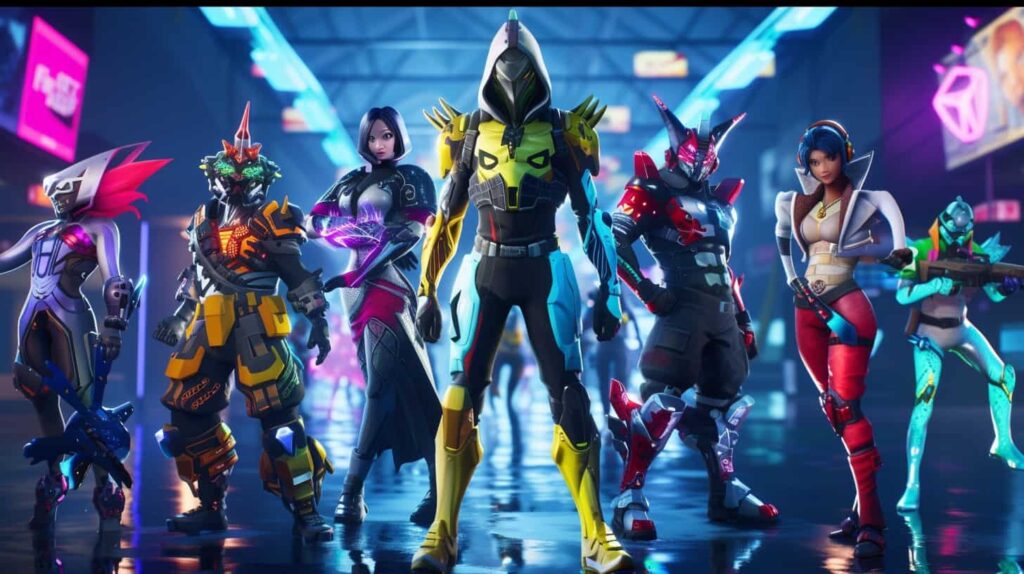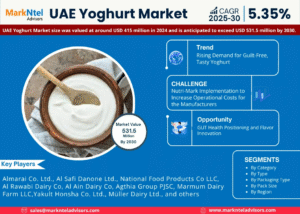
When you think about the ways gaming has changed over the last two decades, it’s not just about graphics, mechanics, or online connectivity. It’s also about how virtual items have transformed into something much bigger than simple cosmetic upgrades. Digital skins have become cultural symbols, trading assets, and even investment opportunities. Nowhere is this more evident than in the vibrant ecosystem that surrounds Counter-Strike, one of the world’s most iconic first-person shooters.
At the center of this ecosystem is the Counter-Strike Skins Marketplace, where players, collectors, and enthusiasts connect over the buying, selling, and trading of in-game skins. What started as a fun way to customize weapons has grown into an entire digital economy. Some skins carry status, others are valued for their rarity, and many serve as a bridge between gaming and the broader world of digital assets. This marketplace doesn’t just represent a trading hub; it reflects how online gaming has matured into a space where entertainment meets finance.
Skins as More Than Cosmetics
At first glance, skins might seem like nothing more than decorative add-ons. After all, they don’t affect a weapon’s performance or give a competitive edge in the game. Yet, players know that skins are more than surface-level designs. They carry identity, personal expression, and prestige. Just like someone might wear designer sneakers or own a collectible watch, gamers showcase their prized skins as part of who they are within the community.
This sense of personal connection makes skins incredibly valuable. Limited editions, unique patterns, or skins tied to historic tournaments often generate massive interest. For some, these items are purely for fun, while for others, they represent a digital form of art or memorabilia.
The Rise of a Digital Economy
What truly sets skins apart from other in-game items is their liquidity. Because they can be traded and exchanged, they have a tangible value beyond the game itself. Entire online economies have grown around this concept, where supply and demand dictate prices in the same way as traditional assets.
For example, a rare skin might rise in value if it becomes scarce or if it gains popularity among influencers or professional players. Conversely, skins that flood the market can lose value quickly. This ebb and flow mirrors dynamics in other markets, from collectibles to cryptocurrencies, and it shows how digital gaming has blurred the lines between leisure and investment.
Community and Culture
The skins marketplace also fosters a strong sense of community. Forums, streaming platforms, and social groups buzz with discussions about the latest trends, pricing, and upcoming designs. Gamers share their collections, celebrate big trades, and even debate which skins are worth holding long-term.
What makes this culture so unique is that it connects players across the globe. A collector in Europe can strike a trade deal with a player in Asia, creating a truly international economy rooted in gaming. The shared passion for skins transcends borders and languages, making it one of the most collaborative and interconnected aspects of modern gaming culture.
Skins as Investment Opportunities
It might sound surprising to non-gamers, but some players treat skins as investments, similar to how others approach stocks or digital tokens. The rarest skins have been known to sell for thousands of dollars, and their value can grow significantly over time.
While not every skin is an investment opportunity, the principle remains the same: scarcity and demand drive value. Investors and collectors carefully track trends, monitor marketplace activity, and anticipate which designs could become more desirable in the future.
Of course, just like any investment, there are risks. Market shifts, changing tastes, and new game updates can influence prices. That said, the potential for growth has drawn in people who might not even play the game but still see the marketplace as a digital frontier for asset trading.
The Future of Digital Collectibles
The Counter-Strike skins phenomenon offers a glimpse into the broader future of digital collectibles. As gaming continues to merge with concepts like blockchain and virtual ownership, the significance of skins could expand even further. They represent the foundation of how digital items gain real-world value and how players perceive ownership in online spaces.
Looking ahead, we might see more games adopting similar marketplaces, giving players ways to trade and monetize their in-game assets. The cultural importance of skins in Counter-Strike is a powerful example of how entertainment can intersect with economy, technology, and community building.
Final Thoughts
Digital gaming has always been about more than just playing. It’s about immersion, identity, and community. Skins take that experience to another level, transforming weapons into personal statements and digital assets with real-world significance.
The Counter-Strike skins ecosystem shows how virtual items can evolve into cultural icons and financial opportunities. Whether you’re a casual player admiring your collection, a trader navigating the marketplace, or an investor watching the trends, there’s no denying that skins have reshaped how we think about value in the digital world.





